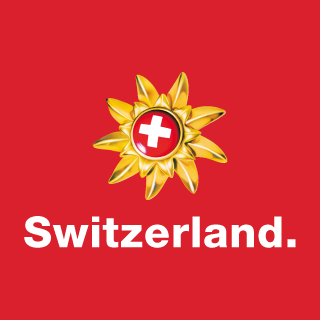Conflict and religious wars
As elsewhere in Europe, the Reformation plunged the Confederation into religious wars. These often also led to renewals within the Catholic Church and its territories.
The conquest of Vaud
Zurich officially adopted the Reformation in 1525, the first canton to do so. Zwingli's teaching was attractive to the urban populations of the most economically advanced cities. Apart from Solothurn and Fribourg, most of the cities went over to Protestantism.Zwingli on the other hand found little response among the less well-educated rural population of central Switzerland - not only for religious reasons, but because they mistrusted what they saw as coming from over-powerful Zurich.
The cantons found it impossible to compromise. The reformed cantons made an alliance between themselves, while the Catholics allied themselves to Duke Ferdinand of Austria.
Zwingli wanted to extend Protestantism to the whole Confederation but the other Protestant cantons were opposed to a war against the Catholics. In 1529 they rejected a request for this by Zwingli. In 1531 there was a war (Second Kappeler War) in which Zwingli was killed.
Under the subsequent treaty, the reformist alliance was dissolved. However, each side agreed to respect the religious choice of the other.
The start of the Reformation coincided with Bern’s expansion toward the west. Bern benefited from the weakness of Savoy, which ruled over a part of Canton Vaud.
At that time, the citizens of Geneva were involved in a dispute with their bishop, who was supported by Savoy. Hence Bern and Geneva shared feelings of hostility toward Savoy and concluded an alliance in 1526.
When the Bernese feared that the weakened Savoy could be taken over by the French they acted in 1536 and conquered Vaud, Chablais and the Pays de Gex (the last two being in France). Then the Bernese, with the support of Fribourg and Valais, invaded Geneva.
Geneva was allowed to keep its independence, but Lausanne and Vaud as a whole, which were previously connected by a similar alliance with Bern as Geneva was, were incorporated.
After the conquest of Vaud, Bern immediately imposed the new reformist religion: Lausanne as well as Geneva became centres of French-speaking Protestantism.. The Bernese conquest of Vaud in 1536 built a bridge to Savoyard Geneva, which was striving for autonomy. But it was only when Heinrich Bullinger, the successor to the fallen Zwingli, turned to his theological opponent, Calvin, in the crisis year of 1548, that there occurred the long-term spiritual conditioning for the subsequent integration of Geneva with the Swiss Confederation.
Recatholicisation and Counter-Reformation
Despite the initial successes of the Reformation in the strongest and most populous parts of the Confederation, the Catholics mobilised their forces to strike back.Secular authorities in the Catholic areas took over many of the roles of the bishops in such matters as justice and finance, and in some cases even the appointment of priests.
Following the example of the Reformers, the Catholics also built schools, which were run by the Jesuits.
A great contribution to the Catholic renewal in Switzerland was made by Cardinal Carlo Borromeo (1538-1584). He set up the Collegium Helveticum in Milan in 1579 to train Swiss clergy. Borromeo was canonised in 1610 and is regarded as the patron saint of Catholic Switzerland.
The Catholics also won back some territory. Some of the common lordships readopted Catholicism after their victory at Kappel in 1531. In 1567 Bern gave Chablais and the Pays de Gex back to Savoy and they returned to Catholicism. Valais also slowly returned to Catholicism after the intervention of the Catholic cantons.
However, other regions remained Protestant despite great pressure. These included the Toggenburg, although it belonged to the St Gallen monastery. In some cantons people were able to freely choose their own faith. Glarus stayed biconfessional and Appenzell split in 1597 into Catholic Inner Rhodes and Protestant Outer Rhodes.
Related links
More about Swiss history

